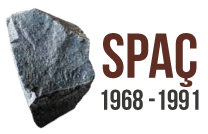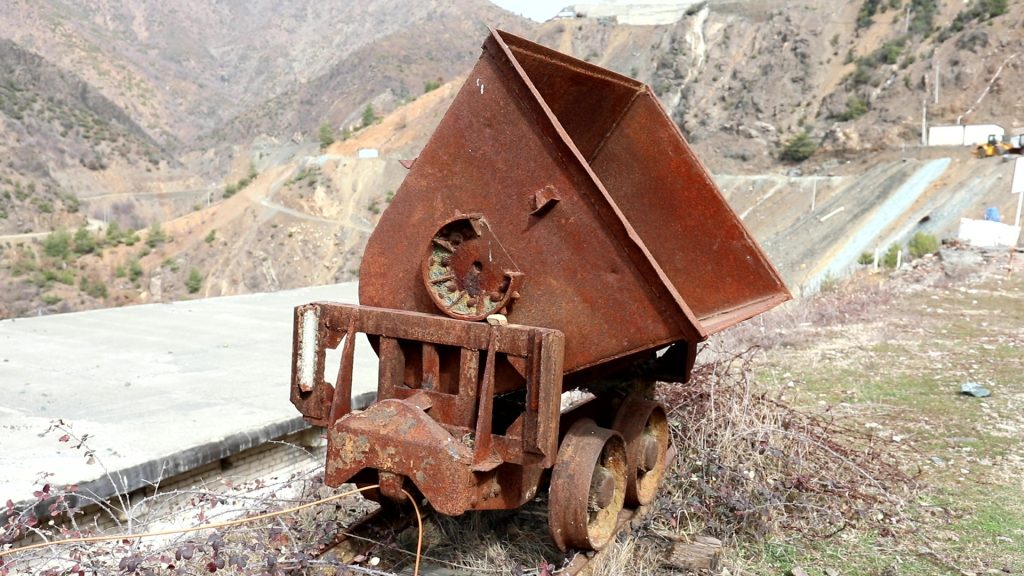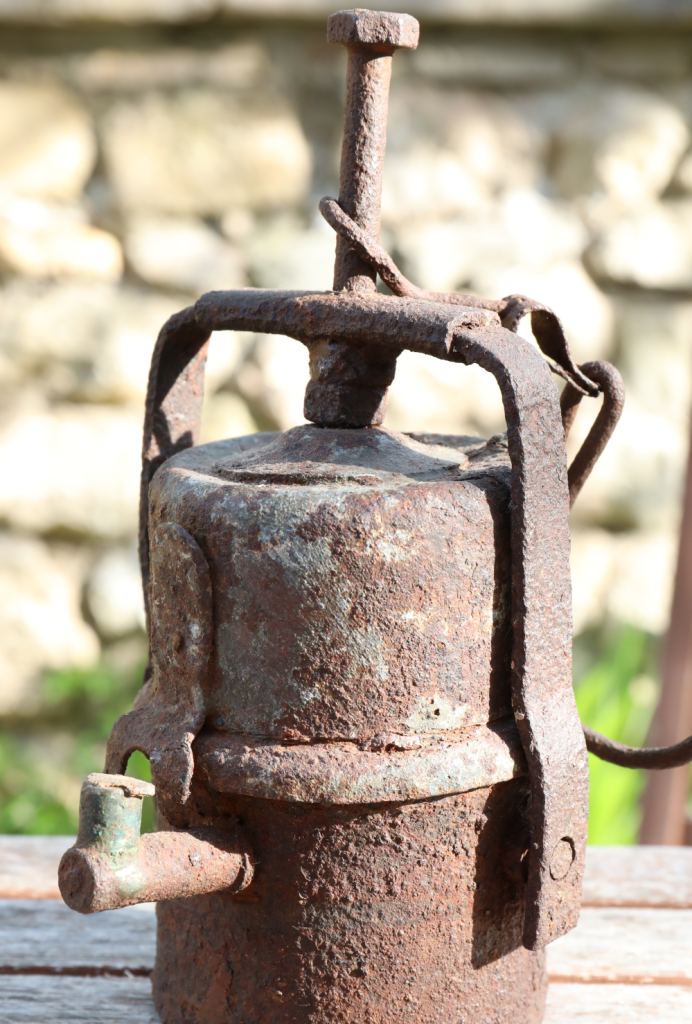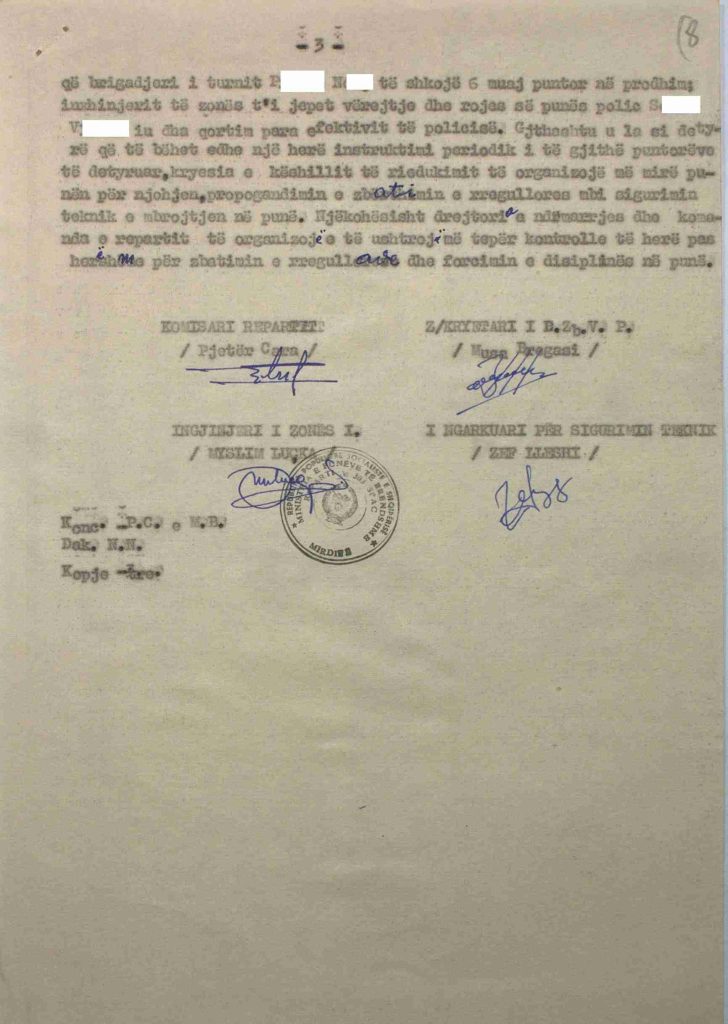Forced Labor
The Spaç Prison Camp was a forced labor camp, and as such, it can be classified as both a prison and a labor camp. In the files of the former State Security, it was referred to as "Reeducation Unit No. 303," but reeducation through labor was in clear violation of human rights. Forced labor was never part of any court sentence; nevertheless, political prisoners sent to Spaç were exploited as a source of labor, forced to extract copper and pyrite. Those who refused to work were subjected to physical torture and locked in solitary confinement cells. The violence and exploitation have been documented by former political prisoners themselves in the audiovisual testimonies they and their family members have provided to the Authority for AIDSSH.
Over its 23 years of operation, approximately 2,200 individuals served sentences at the Spaç prison camp. Portions of the Registry on statistical data related to production, quality, mining operations, and workforce in the Mirdita mining area—held in the archives of the company “Albbakër”—include detailed records from the Spaç Sector. These entries provide data categorized by production volume, mineral quality, mining activity, and labor force. The term "production" refers to the amount of ore extracted, measured in tons, while "quality" indicates the percentage of copper present in the extracted ore. According to the registry sheets, the ore contained less than 1% copper table In 1981, the copper content in the extracted ore reached its highest level, at just 0.84%. The "operations" category, expressed in linear meters, indicates the total length of tunnels excavated deep within the mountains of Spaç. For example, in 1981, a total of 6,416 linear meters of galleries were opened—equivalent to 6.4 kilometers. The "workforce" category records the number of prisoners working in the mine. In 1985, an average of 729 prisoners worked in the mine each day. However, this number does not represent the total prison population at Spaç, as there were always inmates who did not work due to health issues or other reasons. Therefore, the number of working prisoners was consistently lower than the total number of those incarcerated.
The reports compiled at the time to track plan implementation listed, as the first indicator, the number of prisoners assigned to work in the mine—a target that was consistently exceeded every month and every year. The economic and financial indicators from this period are deeply troubling. The daily work quota was the extraction of 6 tons of copper ore or 8 tons of pyrite per shift, for each unskilled worker—prisoners armed only with pickaxes and shovels, loading and pushing ore-filled wagons. Work was organized in three shifts, operating around the clock, day and night. By law, prisoners were paid just 10% of the wage earned by a free worker for the same labor. Over 23 years, the political prisoners at Spaç performed 88,388 linear meters of underground mining—every meter excavated solely by the hands of inmates. These excavations were essential for accessing and extracting copper ore and other minerals. During this time, political prisoners extracted approximately 3 million tons of copper ore and around 1 million tons of pyrite from beneath the mountains of Spaç. The production data presented in the table from the company “Albbakër” reflects the copper and pyrite output of the former Spaç Copper Mine over the years, illustrating the extent of its exploitation up until 1990.
From the copper ore—containing approximately 1% copper—about 30,000 tons of refined copper were produced after processing. At market prices of the time, when copper was valued between $1,900 and $3,500 per ton, this amounted to around $90 million. A significant portion of the ore extracted from Spaç was sent to the Wire Factory in Shkodër, where it was used to manufacture essential products for the energy and mechanical industries. Another portion of the copper output was exported, sold on international markets, or traded through clearing agreements with various countries in exchange for agricultural machinery and other goods. Pyrite, meanwhile, served as a raw material at the Superphosphate Plant, where it was used to produce chemical fertilizers for agriculture and other industrial purposes.
PHOTO DOCUMENT: Letter Sent to the Police Directorate it is requested to supplement the workforce with additional prisoners, as a portion of the current inmates are not fit for work. To meet the state’s mining production plan for 1979, the enterprise counts on 661 prisoners in total, including 570 underground workers. However, only 490 prisoners are considered fit for underground work, indicating a clear need for additional labor.
From 1966 until July 1968, only free workers were employed at the Spaç Mine. With the establishment of Camp No. 2 at Spaç, production multiplied several times over. Conversely, following the closure of the Spaç prison in 1991, production declined significantly.
Year | Copper Ore (ton) | Pyrite Ore (ton) |
1966 | 13600 | 7355 |
1967 | 20403 | 30619 |
1968 | 28088 | 45069 |
1969 | 24947 | 30036 |
1970 | 30000 | 38237 |
1971 | 41443 | 37280 |
1972 | 60059 | 43580 |
1973 | 65613 | 35593 |
1974 | 76540 | 43869 |
1975 | 84795 | 43474 |
1976 | 95983 | 36098 |
1977 | 111516 | 47057 |
1978 | 139090 | 48281 |
1979 | 150659 | 54749 |
1980 | 156502 | 71532 |
1981 | 184134 | 70643 |
1982 | 172515 | 80219 |
1983 | 150794 | 92000 |
1984 | 184995 | 89001 |
1985 | 168986 | 92410 |
1986 | 168106 | 54012 |
1987 | 187815 | 54775 |
1988 | 183574 | 50958 |
1989 | 192338 | 48800 |
1990 | 126752 | 48750 |
1991 | 34729 | 22988 |
1992 | 35885 | 6551 |
1993 | 37867 | 7358 |
1994 | 34142 | 3309 |
1995 | 62737 | 2649 |
1996 | 53789 | |
1997 | 7098 |
|
1998 | 18246 |
|
Total | 3103740 | 1337252 |
Accidents and Fatalities at Work
Numerous accidents occurred at work, where political prisoners were forced to labor despite the life-threatening risks. Some of those who survived testify that when the work became too dangerous, they would intentionally injure themselves to avoid going into the mine galleries.
Testimonies from former political prisoners, as well as documents from the archives of the former State Security and the Ministry of Internal Affairs, report numerous cases of injuries and deaths in the mine.
The case of one such individual is documented in Fund No. 10, file 136page 8, where it is stated that the prisoner lost his life after a police officer forced him to extract ore from unreinforced sections of the gallery. The police officer received the disciplinary measure of a “Reprimand in front of the police force.”
